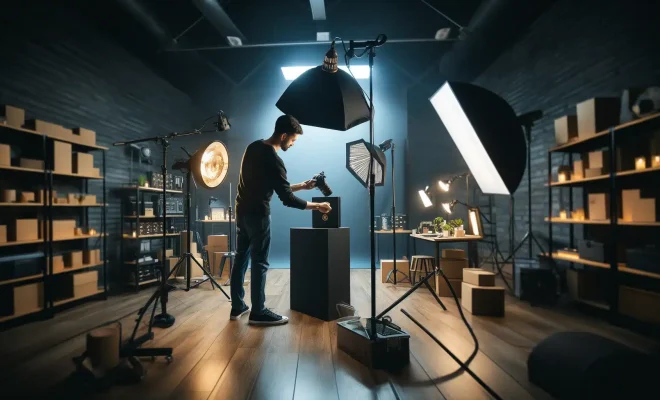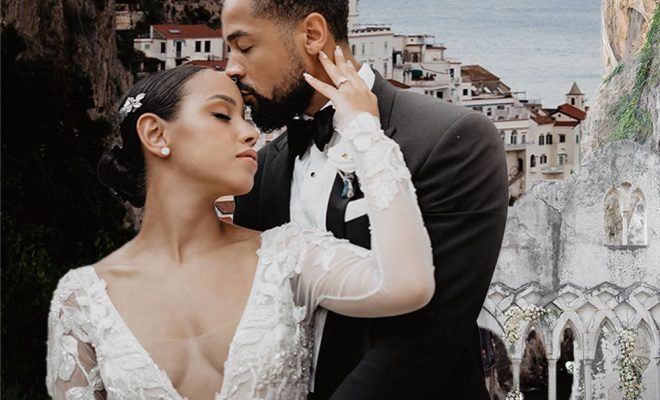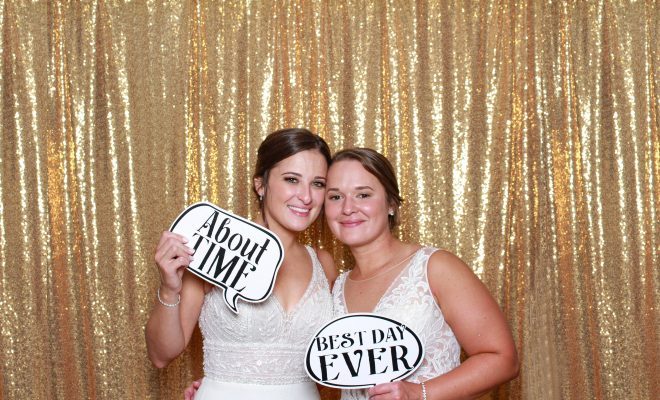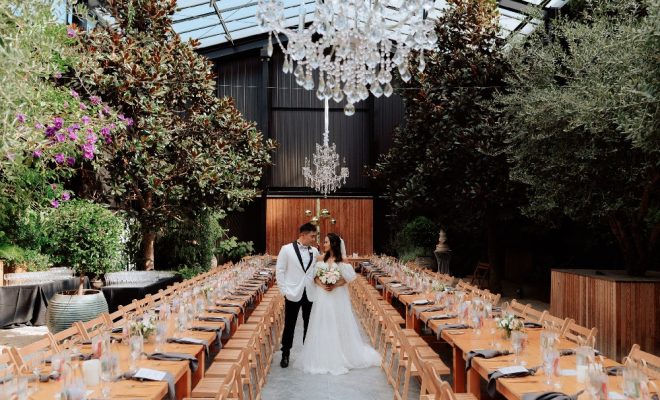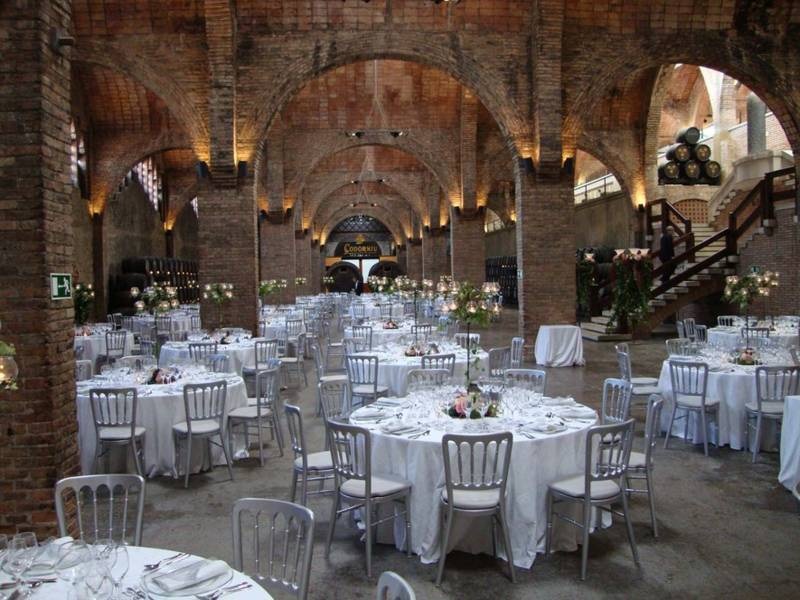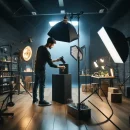What Is Photography And What Are Its Essentials?
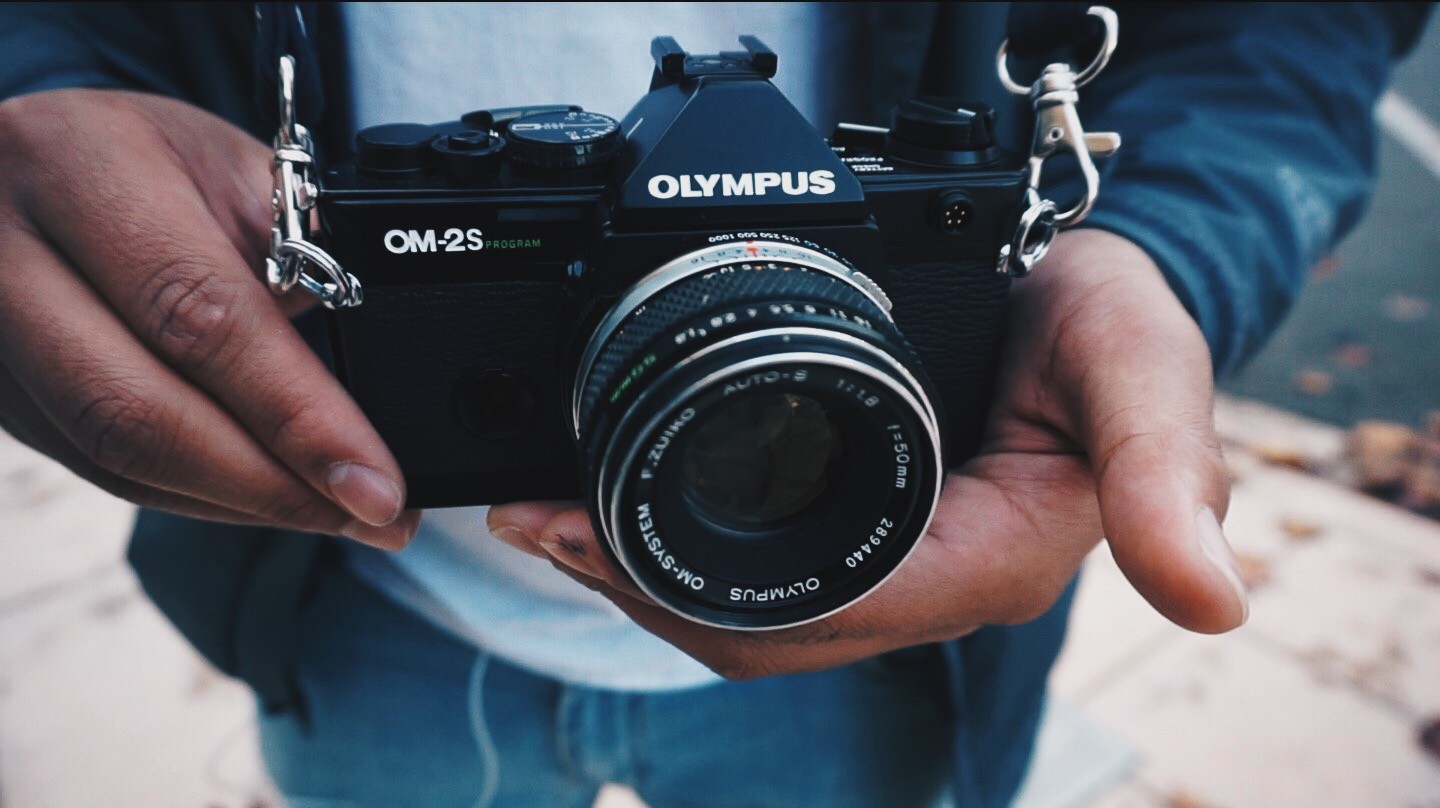
The art of catching light with a camera, generally via a digital sensor or film, to create an image is photography. With the correct camera tools, you can even photograph wavelengths of light that are not visible to the human eye, which includes UV, infrared, and radio.
Joseph Nicéphore Niépce from France was the first person to catch the first permanent photograph that was captured in 1826 which shows the roof of a building lit by the sun. Some say it was captured in the year 1827.
Many things have changed since then. This article’s purpose is to rolex datejust pour des hommes rolex calibre 2836 2813 116300sso argente hands and markers introduce the past and present worlds of photography and to also provide you with some important tips to help you take good photos along the way.
What Is the Bare Minimum Gear Needed for Photography?
Camera: If you buy a photographer on maui camera rather than a phone, chose one with interchangeable lenses so that you can try out different types of photography more easily. Read reviews, but don’t get obsessed over them, because everything available today is pretty much equally good as its competition. Find a good deal and move on.
Lenses: This is where it matters. For usual photography, start with a standard zoom lens like a 24-70mm or 18-55mm. For portrait photography, pick a prime lens one that doesn’t zoom at 35mm, 50mm, or 85mm. For sports purposes, go with a telephoto lens. For macro photography, get a macro lens. And so on. Lenses matter more than any other piece of equipment because they determine what photos you can take.
Post-processing software: You need to edit your photos. It’s ok to start with software already installed on your computer, or software that comes with your camera. But in the long go, a dedicated program will do a better job. Adobe sells Lightroom and Photoshop as a bundle for $10/month, or you can buy standalone software from another company if you prefer; there are tons of options. Whatever you choose, stick with it for a while, and you’ll learn it well.
Everything else is optional, but can be helpful:
- A tripod. A landscape photographer’s is best buddy.
- Bags. Get a shoulder bag for street photography, a rolling bag for studio photography, a technical hiking backpack for landscape photography.
- Memory cards. Choose something in the 64-128 GB range imitation christian dior umbrellas to start with. Get a fast card measured in MB/second if you shoot bursts of photos.
- Extra batteries. Get at least one spare battery to start, preferably two. Off-brand batteries are usually cheaper, although they may not last as long.
- Polarising filter. This is a big one, especially for landscape photographers. Don’t get a cheap polarizer or it will damage your image quality. The B+W Kaesemann filter of the same thread size as your lens is recommended.
- Flash. Flashes can be costly, and you might need to buy a separate transmitter and receiver if you want to use your flash off-camera.
- Other equipment. There are countless other photography accessories available in the market, from remote shutter releases to GPS attachments, printers, and much more.

